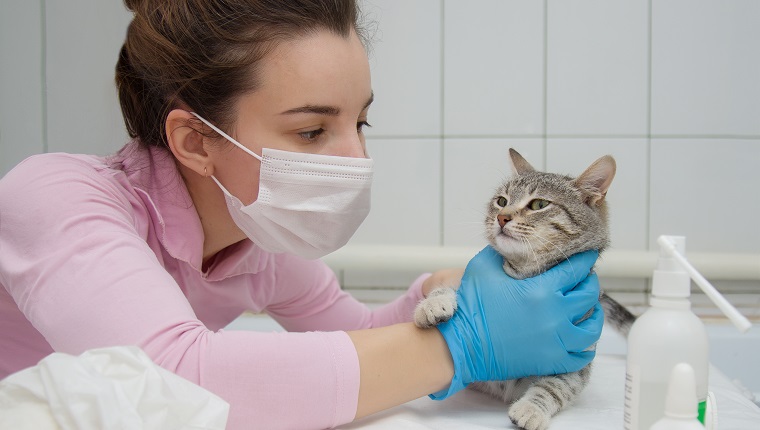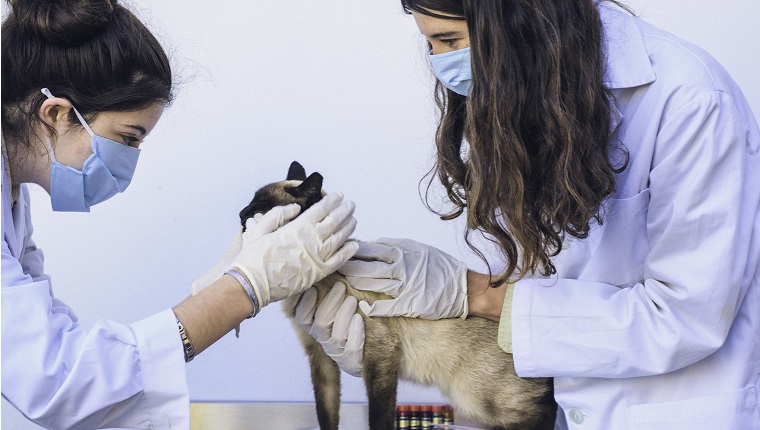Campylobacteriosis in cats is a bacterial condition that affects the gastrointestinal tract. Cats often pick it up when they come into contact with infected feces.
The infection seems to more frequently affect cats who are living in shelter situations, and it’s particularly prevalent among kittens who are six months old or younger. It can also pass from cats to other animals and humans.
If you see signs that your kitty might be suffering from a bacterial infection, then you must consult your veterinarian for a proper diagnosis and course of treatment. Here’s what you should know about the symptoms, causes, and treatments of campylobacteriosis in cats.
Symptoms Of Campylobacteriosis In Cats
Campylobacteriosis in cats can result in a range of symptoms. Some of the most common symptoms include:
- Vomiting
- Diarrhea
- Pain in the abdominal area
- Fever
- Inflamed lymph nodes
- Loss of appetite or anorexia
Causes Of Campylobacteriosis In Cats

Cats mostly pick up campylobacteriosis by coming into contact with infected feces. Studies estimate that up to 45 percent of stray felines might carry the bacteria that causes the disease, and shelters are commonly places where cats can get an infection.
Along with infected feces, cats can also catch the disease by consuming contaminated water or food.
In general, younger cats have a higher risk of infection due to their less developed immune systems.
As the disease can also pass from cats to humans, it’s important that you exercise proper hygiene measures after coming into contact with felines that might pose a risk of carrying the bacteria.
Treatments For Campylobacteriosis In Cats
If you think that your cat might have developed campylobacteriosis, your veterinarian will want to carry out an examination of your pet’s feces. When analyzing your cat’s fecal sample, your vet will look for the presence of white blood cells called leukocytes when forming a diagnosis.
Vets can also order blood and urine tests s part of the process.
When providing treatment, there are a number of common measures that vets use. They often recommend fluid therapy to stop the chances of dehydration and antibiotics.
As always, if your vet prescribes medication for your cat, it is vital that you stick to the recommended frequency and dosage instructions, along with completing the full course of medicine.
While your cat recovers at home, it is also important to make sure that they cannot infect any other animals or humans in the home. Your vet can advise you about general hygiene measures to take.
Has your cat ever developed campylobacteriosis? How did your vet successfully help your cat recover? Tell us all about it in the comments below.




